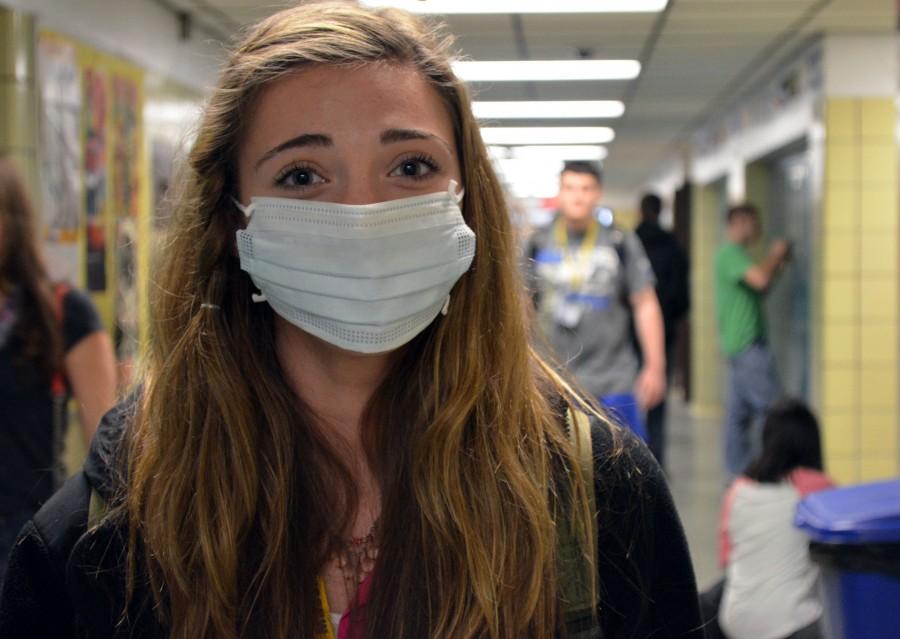The results are in: United States tests negative for Ebola
Over the last few months, the West African virus Ebola has consistently made headlines. Almost every media outlet panicked over the virus as if it were the bubonic plague. What most people do not understand, though, is that the sensationalized media response was handled in an irresponsible manner that overstated the virus’s destructive potential.
Many are unaware of the fact that Ebola Hemorrhagic Fever has had multiple outbreaks since the virus was identified 1976, and none of those outbreaks became as widespread as those of HIV or any modern influenza strain. Ebola, therefore, is by no means a new threat to global health and welfare, and although currently incurable, its symptoms and means of transmission have been well studied.
The Centers for Disease Control and Prevention (CDC) states that unlike influenza or the common cold, Ebola is relatively difficult to contract. The virus cannot travel through the air; it is only communicable through bodily fluids. This means that direct contact with the blood, sweat, saliva, feces, vomit, semen, or breast milk of an infected person is required to be at risk for contracting the virus.
The infected person must also be symptomatic in order to spread the virus. In other words, the virus cannot be spread during the three week incubation period before the infected person shows the symptoms of Ebola. Unlike HIV, which can be both asymptomatic and communicable, Ebola can only be contracted from someone who is obviously very sick.
Since contact with an infected person’s bodily fluids is needed to transmit the disease, most Americans are at a very low risk of being infected. Those who are at a high risk of being infected are healthcare workers and West Africans.
The main problem lies in the underdeveloped health care and skepticism toward aid workers within these countries. Citizens who live in underdeveloped countries have little knowledge of how the disease spreads and as a result keep infected family members at home and maintain intimate contact with them, while shunning aid workers and, in some cases, attacking them.
“We don’t want them in there at all,” Marcel Dambadounou, a Guinea village chief, told the New York Times in July, referring to doctors and aid workers battling Ebola. “We don’t accept their presence at all. They are the transporters of the virus in these communities.”
The culture of areas like Sierra Leone and Liberia also plays a large role in the spreading of the virus.
“Across the region, the ritual preparation of bodies for burial involves washing, touching and kissing, with funerals often attracting large numbers of mourners from nearby districts,” BBC News reporter Nassos Stylianou said. “These rituals simply helped the disease to spread.”
Residents of these countries are more likely to be skeptical of medical professionals and more loyal to their religious obligations. The World Health Organization (WHO) reported that consequently, as many many cases are not reported, preventing effective treatment from being deployed in areas where it may be needed.
In first world countries, the virus is less likely to spread because of the higher quality of medical infrastructure. The only westerners at risk of infection are the doctors, nurses, and aid workers that tend to those infected. This idea was briefly challenged after nurses treating Thomas Eric Duncan in Dallas were infected, prompting changes in national protocol for Ebola treatment in the United States.
“We need to consider the possibility that there could be additional cases, particularly among the health-care workers who cared for [Duncan] when he was so ill,” CDC director Tom Frieden said. “We would not be surprised if we did see additional cases.”
The only thing that is truly alarming about Ebola is the nature of the virus. Those infected have an average mortality rate of 50 percent, according to the WHO, and those who do perish face excruciating deaths. Symptoms include fever, headache, dehydration, vomiting, diarrhea, and most notably hemorrhaging (severe bleeding and bruising of random body parts).
Although these symptoms may sound disconcerting, it is important to remember that the seasonal flu and Ebola share many of the same symptoms. Despite having widely available vaccines, the flu still hospitalizes over 200,000 Americans each year according to the CDC. With this in mind, the handful of Ebola cases in the U.S. are rather negligible and are not a topic for concern in America.
The Ebola virus may have been an easy topic for fear-mongering news outlets to sensationalize, but well-informed citizens should focus their attention on more important issues.





